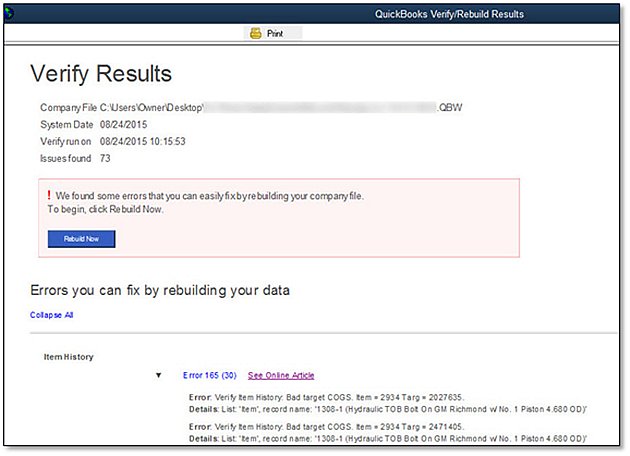

Creating the export file using the CS QuickBooks Data Utility (accountant's office or client's office)

QUICKBOOKS VERIFY DATA UTILITY PDF
Note: If you have difficulty opening a PDF guide, you might need to download and install the latest version of Adobe Reader from the Download page of the Adobe website. From the Windows taskbar, choose Start > Run, and enter D:\Wincsi\Accounting CS\QBDataUtility\QBDataUtilitySetup.exe (where D represents the hard drive or network location where the Accounting CS application files are installed.(Note that you need to be logged in to your CS Professional Suite web account to access this page.) Be sure to click the Using the CS QuickBooks Data Utility PDF link to download and read important information about this utility before proceeding with the download. If you run the application in Virtual Office CS, you will instead need to download the CS QuickBooks Data Utility by clicking the CS QuickBooks Data Utility link on the My Product Downloads page of our website. The following steps apply to a local or network installation of Accounting CS. Installing the CS QuickBooks Data Utility (accountant's office) The name of the export file created by the utility also includes the QuickBooks company name (for example, CSExport from 01-01-yy to 12-31-yy Client ). You can then save the export file to a folder on your local drive and select that export file during the import of QuickBooks data into Accounting CS. That file contains all of the QuickBooks data for the selected company and for the specified date range.

QUICKBOOKS VERIFY DATA UTILITY SOFTWARE
You or your clients can use the CS QuickBooks Data Utility, v.15.0 or higher, to create export files from QuickBooks when the client data cannot be directly opened in QuickBooks during the import process-for example, when QuickBooks is installed in a different location than Accounting CS such as, in a Virtual Office CS, Software as a Service, or other terminal server environment.


 0 kommentar(er)
0 kommentar(er)
